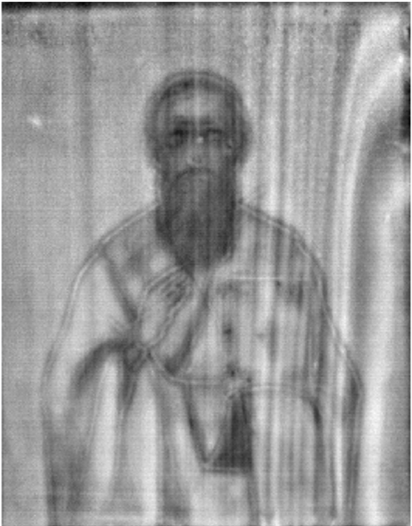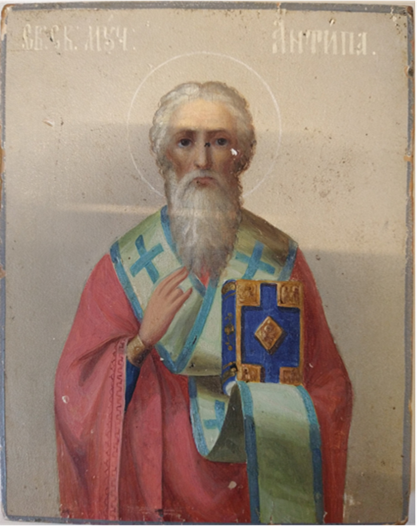With thermal cameras it is possible to image the surface temperature of objects. Similarly, when we heat up the surface of an object, we can capture a video of the heating and cooling process of the surface. These kinds of measurements are called active thermography measurements. How the temperature of the surface evolves over time depends on the thermal properties of both the materials on the surface and the materials below the surface of the object. Some differences in the makeup and the structure of an object will become apparent during a thermography measurement and can be visualized. Because thermography measurements are non-destructive, non-contact, and can be performed in situ, they have gained interest from conservators for the inspection of works of art. Specifically, infrared thermography has been successfully used on works of art in order to reveal hidden defects, the structure of the support the painting has been painted on, and overpainted sketches or sub-paintings. One of the goals of this project is to investigate how and where infrared thermography can be applied for the investigation for works of art. Alternative imaging techniques exist, such as chemical imaging, which convey different kinds of information. Another goal is to determine where infrared thermography provides complementary information to these other techniques and would be an asset. Lastly, the possibility to determine the ordering and/or depth of specific paint layers, and to generate a cross section of the painting based on non-destructive imaging methods is investigated.




